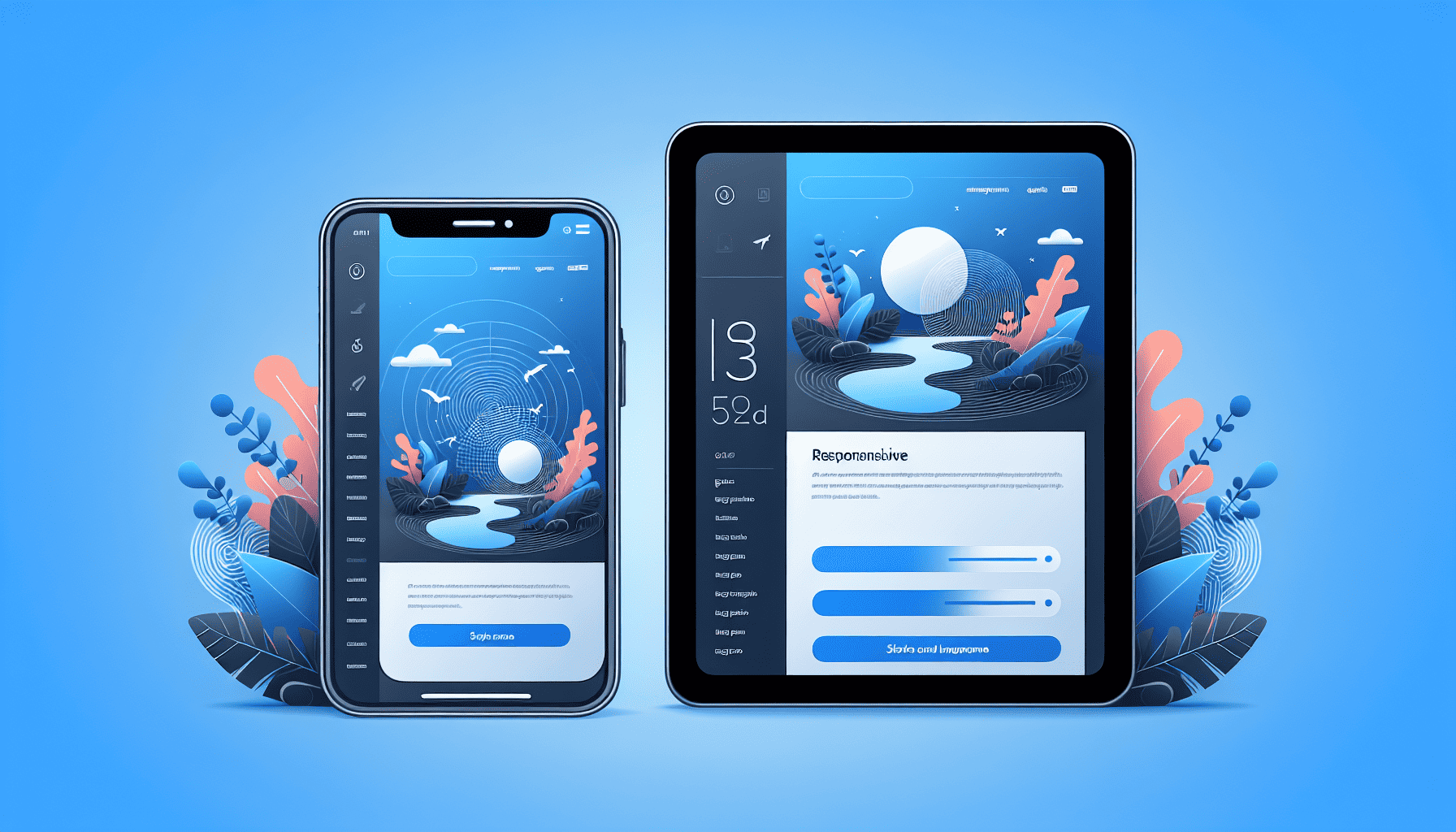In today's digital age, the internet serves as a gateway for users across the globe, connecting businesses with audiences spanning diverse devices and platforms. As technology advances, the means by which people access the web evolve, rendering adaptable web design no longer a luxury, but a necessity. Enter responsive design—a dynamic approach to web development that ensures a website looks and functions optimally on any device, be it a desktop, tablet, or smartphone.
At the heart of responsive design lies the goal of providing an intuitive and seamless user experience. Gone are the days when designers focused solely on the desktop environment. With the surge in mobile internet usage, websites must now cater to users on smaller screens without sacrificing functionality or aesthetics. This adaptability is achieved through fluid grids, flexible images, and CSS media queries, which allow the layout to automatically adjust and reorient itself according to the screen size and orientation.
A core component of responsive design is the fluid grid concept, which utilizes relative units like percentages instead of fixed units like pixels. This ensures that elements on a page resize in relation to one another, maintaining the overall layout's integrity as the display size changes. Similarly, flexible images scale to fit within their containing elements, preventing awkward cropping or overflow issues that can disrupt the design's harmony.
CSS media queries play a pivotal role in responsive design by enabling developers to apply different styling rules based on the device's characteristics. Whether it’s adjusting the font size, tweaking margins, or reordering content blocks, media queries facilitate a tailored visual experience that matches the capabilities and constraints of the device in use. This not only improves usability but also enhances engagement by meeting user expectations on diverse platforms.
Implementing responsive design extends beyond aesthetics; it directly impacts performance and accessibility. A well-coded responsive website can significantly decrease loading times, especially on mobile networks, by eliminating unnecessary code and optimizing images for various resolutions. This efficiency translates into reduced bounce rates and improved search engine rankings, as search engines like Google prioritize mobile-friendly sites in their algorithms.
Accessibility is another crucial aspect of responsive design. By catering to a wide array of devices, from high-end desktops to budget smartphones, websites can reach a broader audience, including those who may rely on assistive technologies. Ensuring that font sizes are readable, interaction areas are touch-friendly, and navigation is straightforward enhances the inclusivity of a website, aligning with best practices and legal requirements for digital accessibility.
As businesses continue to grapple with the challenges and opportunities presented by an increasingly connected world, embracing responsive design is not just about keeping up with trends—it's about future-proofing digital presence. By prioritizing adaptability, companies can ensure longevity in their online engagement strategy, fostering relationships with customers regardless of their chosen device.
Ultimately, responsive design is about putting the user first. It’s about crafting a digital experience that adapts, evolves, and resonates with audiences as they navigate the multifaceted landscape of modern technology. In doing so, businesses not only stay relevant in a rapidly changing market but also build trust and credibility through consistently positive interactions.
